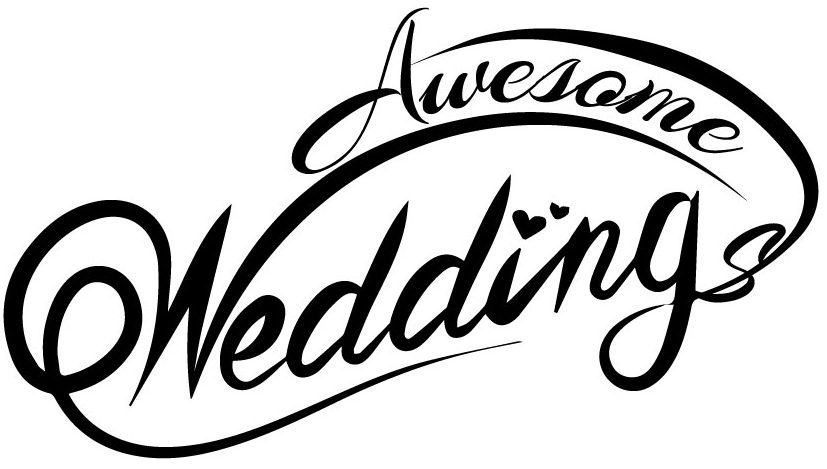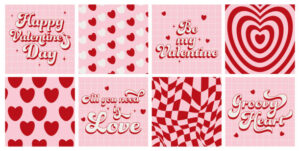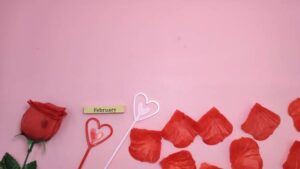
As couples embark on the journey of planning their dream wedding, one of the most valuable tools at their disposal is the creation of mood boards. These visual collages serve as a roadmap for the design and aesthetic of the wedding, helping to capture the couple’s vision, inspire creativity, and ensure cohesive execution. In this guide, we’ll explore expert planning tips for creating mood boards that reflect your unique style, tell your love story, and bring your wedding day dreams to life.
1. Start with Inspiration: Begin the process by gathering inspiration from a variety of sources, including bridal magazines, wedding websites, social media platforms like Pinterest and Instagram, and even personal experiences and memories. Look for images, colors, textures, and themes that resonate with you and evoke the mood and atmosphere you envision for your wedding day.
2. Define Your Vision: Before diving into the creation of your mood board, take the time to define your vision for the wedding. Consider elements such as the season, location, color palette, theme, and overall aesthetic. Are you drawn to rustic charm, modern elegance, vintage romance, or bohemian whimsy? Clarifying your vision will help guide your choices and ensure that your mood board accurately reflects your style and preferences.
3. Choose a Format: Next, select a format for your mood board that suits your preferences and creative process. Whether you prefer a physical collage made with magazine clippings, a digital board created using online platforms like Canva or Adobe Spark, or a combination of both, choose a format that allows you to easily collect, organize, and manipulate images.
4. Curate Your Content: Once you have gathered a diverse range of inspiration, it’s time to curate your content and select the images that best represent your vision. Look for images that capture the mood, color palette, décor elements, floral arrangements, attire, and overall vibe you envision for your wedding day. Don’t be afraid to mix and match styles and aesthetics to create a unique and cohesive look.
5. Focus on Details: Pay attention to the details as you assemble your mood board, considering elements such as textures, patterns, typography, and typography. Include close-up shots of intricate floral arrangements, stunning table settings, and unique décor accents to convey the depth and richness of your vision. Incorporate swatches of fabric, ribbon samples, and other tactile elements to add dimension and texture to your board.
6. Tell Your Story: Use your mood board as an opportunity to tell your love story and infuse personal touches into the design and aesthetic of your wedding. Include images that reflect your shared interests, hobbies, and passions, as well as meaningful symbols and motifs that hold significance for you as a couple. Whether it’s a favorite travel destination, a beloved pet, or a shared love of music or literature, let your personalities shine through in every detail.
7. Stay Organized: As you assemble your mood board, maintain a sense of organization and structure to ensure clarity and coherence. Group similar images together based on theme, color, or style, and consider creating separate sections or boards for different aspects of the wedding, such as ceremony décor, reception styling, and bridal attire. This will help you stay focused and organized as you refine your vision and make decisions.
8. Edit and Refine: Once you have assembled your initial mood board, take a step back and review it with a critical eye. Look for areas where you can refine and edit the content to better align with your vision and aesthetic. Remove any images that feel out of place or don’t resonate with you, and consider adding new images or elements to fill any gaps or enhance the overall composition.
9. Seek Feedback: Don’t hesitate to seek feedback from trusted friends, family members, or wedding professionals as you fine-tune your mood board. Solicit their input and perspective on the design, aesthetics, and overall vibe of the wedding, and use their feedback to make any necessary adjustments or refinements. Remember that your mood board is a collaborative effort, and incorporating diverse viewpoints can help ensure that it accurately reflects your vision.
10. Use as a Guide: Finally, remember that your mood board is not set in stone but rather serves as a flexible guide and source of inspiration throughout the wedding planning process. Refer back to it often as you make decisions about décor, floral arrangements, attire, and other elements, using it as a reference point to ensure that every detail aligns with your vision and aesthetic. Allow your mood board to evolve and adapt as your plans take shape, trusting in its ability to inspire creativity and bring your wedding day dreams to life.
In conclusion, creating a mood board for your wedding is a valuable and empowering tool that allows you to articulate your vision, express your creativity, and bring your dreams to life. By following these expert planning tips, you can craft a mood board that reflects your unique style, tells your love story, and serves as a guiding light throughout the wedding planning process, ensuring a celebration that is as beautiful and meaningful as you imagined.



